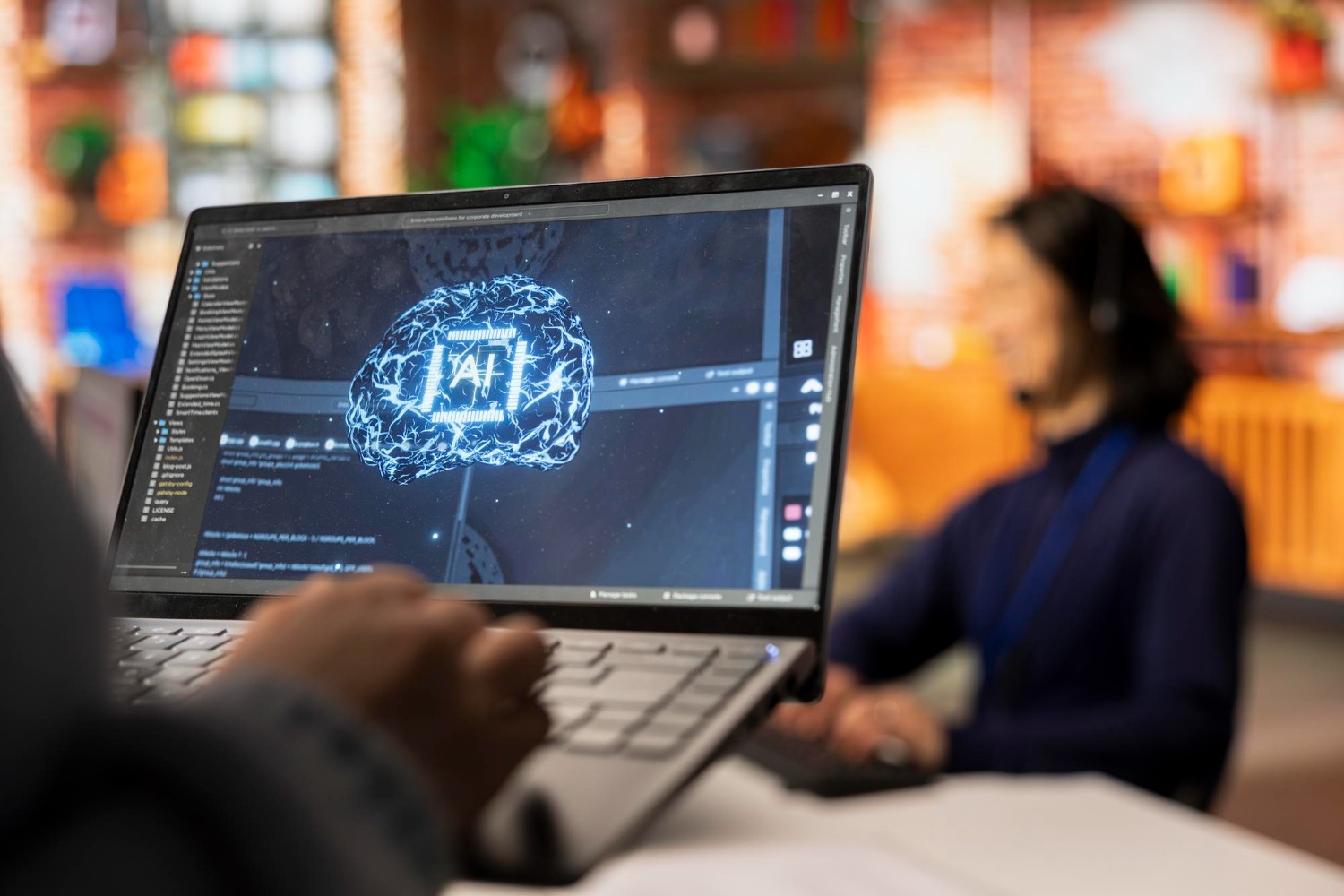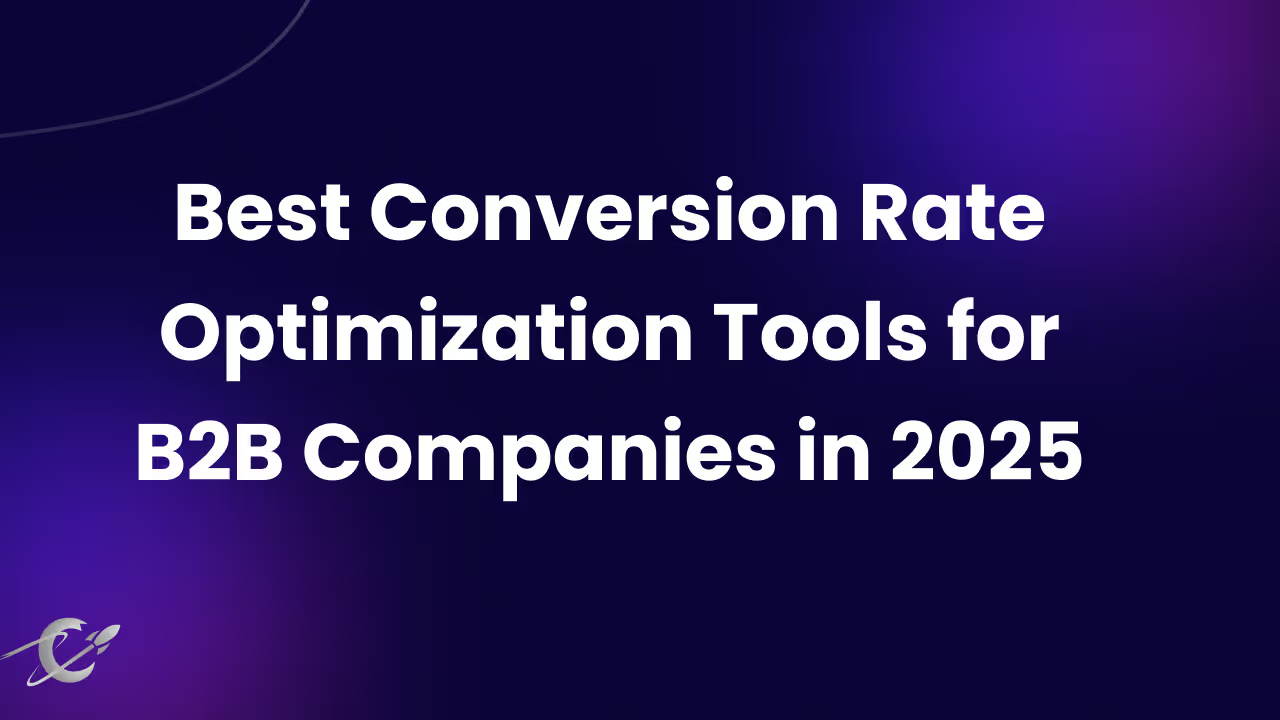AI SEO Agency: The Complete Guide to SEO, GEO & AEO
Ballistic Content Team


Artificial intelligence (AI) has now become a mainstream technology, and it is being adopted at a swift rate across industries. Businesses today are increasingly reliant on it to enhance their outcomes and ensure customer satisfaction. From the classroom to the hospital to the home, it will further become more deeply interconnected with our lives. The advancement in technology, increased investment, data-driven decisions, and the ability to deliver personalized experiences are all factors responsible for the growing adoption of AI. This article explores how different AI technology trends impact the industries.
AI is swiftly evolving and redefining how businesses operate. The latest reports suggest that nearly 92% of the companies plan to raise their investments in AI development in the upcoming three years. Here are details of 12 such transformative trends.
Generative AI focuses on creating new content (such as images, text, music, etc.) by learning patterns from huge datasets. It has dominated the creative industry through its video, text, and music generation capabilities. In 2025, it is expected that this technology will become mainstream across society and the business environment. Organizations are gradually using these models to create marketing content, draft documents, simplify coding tasks, and design products.
Here’s how generative AI is expected to revolutionize businesses:
Responsible AI is all about following principles and practices to make sure the AI systems are created, deployed, and used in a manner that is ethical and reliable. Some of these principles and practices are driven by legislation.
However, businesses are gradually becoming aware of the harm created due to the irresponsible use of AI. There are risks associated with AI bias and hallucination. Businesses that ignore these risks can suffer from legal trouble, reduced brand credibility, and loss of customer trust.
The trend is set to focus on the following areas:
i) Data Privacy: User data protection is the key responsibility of AI regulation efforts. To make sure the user's personal information is gathered, stored, and handled responsibly, governments are implementing strict regulations.
ii) Fairness: An AI system’s output can be unfair if the data it learns from is biased. Hence, it is vital to fix that bias. By 2025, businesses will focus more closely on making sure AI is fair to everyone.
For example, developers are using techniques like adversarial testing to recognize and correct biases in the input training datasets. Many businesses are preparing multiple teams to govern AI development. They consider that including diverse teams helps avoid unfair outcomes.
AI-powered voice assistants like Alexa and Siri have been a common part of our lives for the last few years. However, their conversational capabilities are not widely used yet. In 2025 and beyond, a new advanced voice model for ChatGPT is introduced. It can support a human-like conversation.
Google has already started incorporating its Gemini chatbot within mobile devices. So, it will replace the ‘Hey Google’ functionality. By the end of this year and in the future, we will see next-gen voice assistant capabilities in a huge number of devices. The voice-to-voice communication with these assistants will be more natural and valuable.
These are AI-powered digital models of the physical process, system, or product. They digitally replicate the physical experience, allowing users to effectively manage and assess systems without direct interaction.
How well digital twins will impact the industries depends on their ability to perform real-time analysis, simulate practical scenarios, and suggest changes that boost efficiency. The ability to effectively merge digital and physical worlds means that this technology is capable of benefiting a wide range of industries.
The agentic AI is a key area of focus for those businesses providing consumer products. The advancements in areas like reinforcement learning, generative AI, and autonomous systems have brought Agentic AI into the mainstream.
Many leading healthcare providers are deploying interconnected agentic AI systems so as to effectively coordinate with patients and ensure proper care. These agents collaborate closely, i.e., one manages patient scheduling and authentication, whereas the other manages business workflow coordination, etc.
The points below suggest why the rise of agentic AI matters:
Cyberattacks will keep influencing businesses in the present and in the future. It implies that AI systems will become crucial in detecting potential breaches, finding anomalies, and also automating cybersecurity systems to handle threats before they cause major damage.
With the increasing instances of threats (for example, in the form of phishing), AI chatbots will help by pretending to be cyberattackers. This will educate people on how to identify tricks and stay safe.
The key aspect to note is that many cybercriminals are using AI to introduce sophisticated attacks. So, in 2025 and beyond, organizations must invest in AI-driven defenses and constantly update them to deal with threats like automated hacking and phishing.
Conversational AI is swiftly advancing and is becoming more emotionally intelligent and industry-focused. AI-driven conversations revamp how businesses communicate with employees, customers, and systems. They use technologies like machine learning, natural language processing, and large language models. The aim is to learn context, identify emotions, and chat in a human-like way.
Its key features include sentiment analysis, hyper-personalization, explainable AI, and multimodal interfaces. These features suggest how decisions are made. For instance, AI-powered conversations can evaluate speech patterns to discover fraud or provide tailored healthcare advice.
Industries like retail, education, finance, and healthcare have started using this technology. They aim to communicate with users and provide instant solutions to ensure satisfying experiences.
It focuses on developing and implementing energy-efficient AI systems to cut down on carbon emissions and maintain high performance. Green AI is becoming widespread because it consumes a lot of energy to train large language models. The reason is that each extra word in the prompt raises the computational load and thus leads to energy consumption.
This trend is expected to become a standard in the development of responsible AI. It will support cost-effective growth and climate goals. Businesses that focus on green AI will cut down on their footprint and also build trust among eco-conscious regulators and users.
Let’s go through some key predictions in the context of this trend:
AI-driven robots are capable of performing a broad range of tasks, ranging from warehouse automation to patient care. AI technology lets these robots learn, adapt, and communicate more naturally.
Traditional robots follow fixed instructions, but AI-driven robots use natural language processing, computer vision, and machine learning to learn the scenario and respond to changes. They make decisions in real-time and provide human-like interaction.
It is expected that AI robotics will help businesses automate complex tasks, boost productivity, and improve safety. Its adoption will help businesses reduce costs and solve customers’ queries more quickly.
The collaboration between humans and AI will redefine how industries operate. It will help professionals achieve more efficient outcomes with less effort. For example, AI tools, like Adobe Firefly, help artists and marketers explore creative opportunities.
By 2025, these tools will allow professionals to add creativity to their work and personalize content. Writers and editors will be using AI to improve their drafts and generate content outlines.
The technology is now potent to make real-time decisions to help businesses improve their marketing efforts, logistics, and customer service. AI algorithms can automatically manage inventory, plan deliveries, and answer questions on their own to cut down on human error and delays.
As companies upgrade their AI strategies in 2025, they will be able to be more creative and quickly react to changes.
By 2025, AI is expected to be used in most aspects of the healthcare system. Recent statistics state that 38% of healthcare providers rely on computer-assisted diagnostics.It provides tailored treatment plans to patients and carries out predictive diagnostics. Also, it can evaluate patient data to spot diseases early and recommend relevant therapies.
It is predicted that AI will be increasingly used to help doctors work better and cost-effectively. It will be widely used in online checkups, discovering new medicines, and supporting mental health care.
Businesses aiming to stay competitive and navigate opportunities for growth need to keep up with these top AI trends. Early adoption of this technology will enable companies to optimize their operations, improve brand credibility, and improve customer experience. Embracing these trends makes it simpler to adapt to evolving market conditions and also future-proof operations. Companies must first evaluate the risk factors and ensure their team is familiar enough with the technology before embracing these trends.




Only valid for-